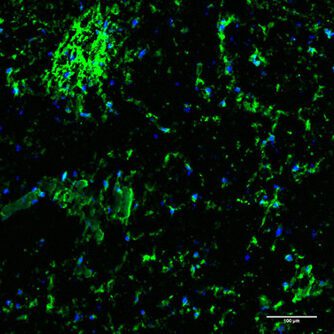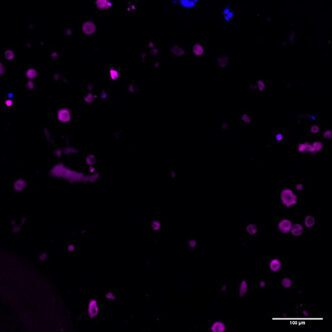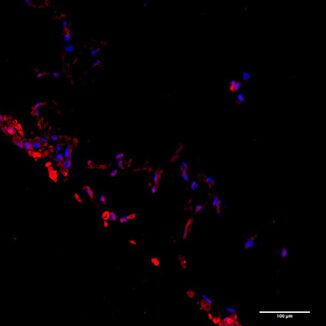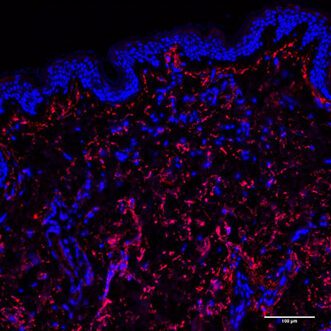Skin tissue model kits
Skin tissue modeling just got a whole lot easier!
Successfully bioprinting skin tissue models requires overcoming two challenges: 1) producing physiologically functional tissue and 2) comprehensively analyzing that tissue with specific antibodies. With CELLINK’s Skin Tissue Model Kits, surmounting the former is possible with the use of bioinks explicitly developed to support the maturation and proliferation of cells that produce the thick dermis layer and those that create the stratified epidermis. The latter is dealt with by deliberately optimizing antibodies that express cell phenotypes in the created skin models.
Two bioink options
Successfully bioprinting skin tissue models requires overcoming two challenges: 1) producing physiologically functional tissue and 2) comprehensively analyzing that tissue with specific antibodies. With CELLINK’s Skin Tissue Model Kits, surmounting the former is possible with the use of bioinks explicitly developed to support the maturation and proliferation of cells that produce the thick dermis layer and those that create the stratified epidermis. The latter is dealt with by deliberately optimizing antibodies that express cell phenotypes in the created skin models.
Skin tissue model kit
The Skin Tissue Model Kit gives you everything you need to generate skin tissue models, from bioinks for bioprinting tissues to antibodies for targeted analysis. The kit’s bioinks are designed to mimic the dermal and epidermal layers of the skin.
Skin tissue model kits in action
scale bars = 100 µm

Collagen type I expression in a specially treated skin tissue model created with GelXA SKIN bioink. Collagen type I appears in green, and nuclei stained with DAPI appear in blue.

Keratin 10 expression in skin tissue model with keratinocytes embedded in GelXA SKIN bioink. Keratin 10 appears in magenta, and nuclei stained with DAPI appear in blue.

Elastin expression in skin tissue model with keratinocytes embedded in CELLINK SKIN bioink. Elastin appears in red, and nuclei stained with DAPI appear in blue. Secondary antibody: Alexa Fluor 488.

Elastin expression in native skin. Elastin appears in red, and nuclei stained with DAPI appear in blue. Secondary antibody: Alexa Fluor 488.





